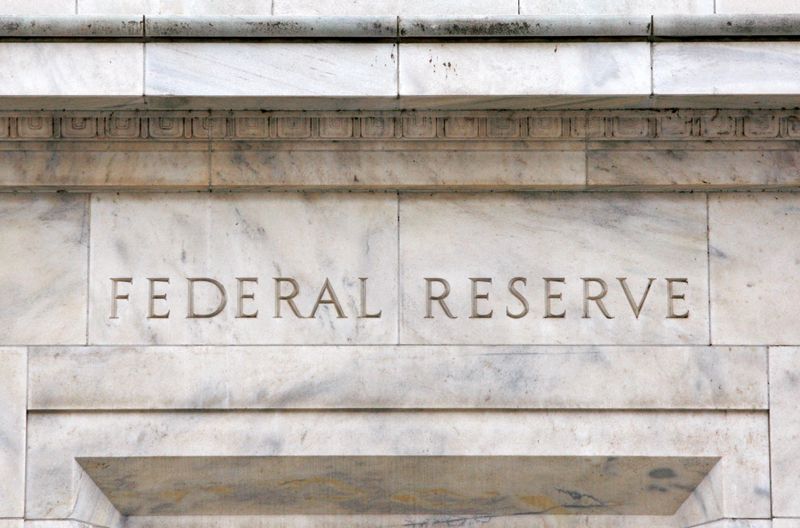By Pete Schroeder
WASHINGTON (Reuters) - Under Republican leadership appointed by former President Donald Trump, the U.S. Federal Reserve eased a raft of bank rules and requirements introduced following the 2007-2009 financial crisis, arguing they were too blunt and onerous.
With a new Democratic nominee due to fill the Vice Chair for Supervision role vacated last month by Randal Quarles, who led the regulatory overhaul, the Fed is expected to take a hard look at reversing many changes of the past four years.
Here are some of the most contentious changes which Democrats, advocacy groups and the Fed's lone Democratic Governor Lael Brainard criticized for weakening financial system safeguards.
CAPITAL AND LIQUIDITY TAILORING
In 2018, Congress passed a law directing regulators to ease capital and liquidity requirements for all but the nation's largest banks, with lawmakers arguing that the post-crisis rules were too strict for smaller banks and were hurting the economy.
The Fed led the way in "tailoring" the rules. While the law only ordered relief for lenders with up to $250 billion in assets, Quarles used discretionary powers the law afforded the Fed to extend relief to banks with up to $700 billion in assets.
Quarles' successor is likely to reconsider that discretionary relief which could be reversed without crossing lawmakers, said analysts.
BANK 'LIVING WILLS'
The 2018 law also directed the Fed to reduce the frequency with which big banks must file so-called "living wills" detailing how they could be safely wound down in a crisis.
Again, Quarles went further than prescribed by Congress, allowing banks with up to $700 billion in assets to submit a full plan once every six years rather than annually as previously required.
'VOLCKER RULE' REWRITE
Implementing the "Volcker Rule", which curbs banks from engaging in speculative investments on their own account, has been among the most contentious regulatory projects to emerge from the financial crisis a decade ago.
Streamlining that hugely complex rule was a priority for Quarles when he joined the Fed, but it still took two-and-a-half years for the Fed and four other regulators to finish rewriting it.
Critics said the changes put the financial system at risk, but reviewing them would suck up a lot of resources, say analysts.
STRESS TESTS
Quarles made a number of changes to big banks' "stress tests", the annual health checks that are often the biggest constraint for lenders, determining their capital requirements.
He tried to make the tests, which banks long criticized as opaque and subjective, more predictable and transparent.
Most notably, he did away with the Fed's power to flunk banks based on "qualitative" rather than quantitative grounds.
Many analysts expect Quarles' replacement to toughen up this cornerstone of the Fed's bank oversight, potentially including by ordering lenders to set aside enough cash to cover eight quarters of future dividend payments, up from the current four.
INTER-AFFILIATE SWAPS
While many of Quarles' changes targeted smaller and mid-sized banks, one was a direct victory for Wall Street lenders.
In 2020 the Fed and other regulators agreed to reduce the amount of collateral banking organizations must set aside to safeguard certain swap trades between their affiliates, freeing up roughly $40 billion dollars, according industry estimates.
Critics have warned the change could encourage banks' to accumulate large risky swap positions and have said the Fed should review it.
